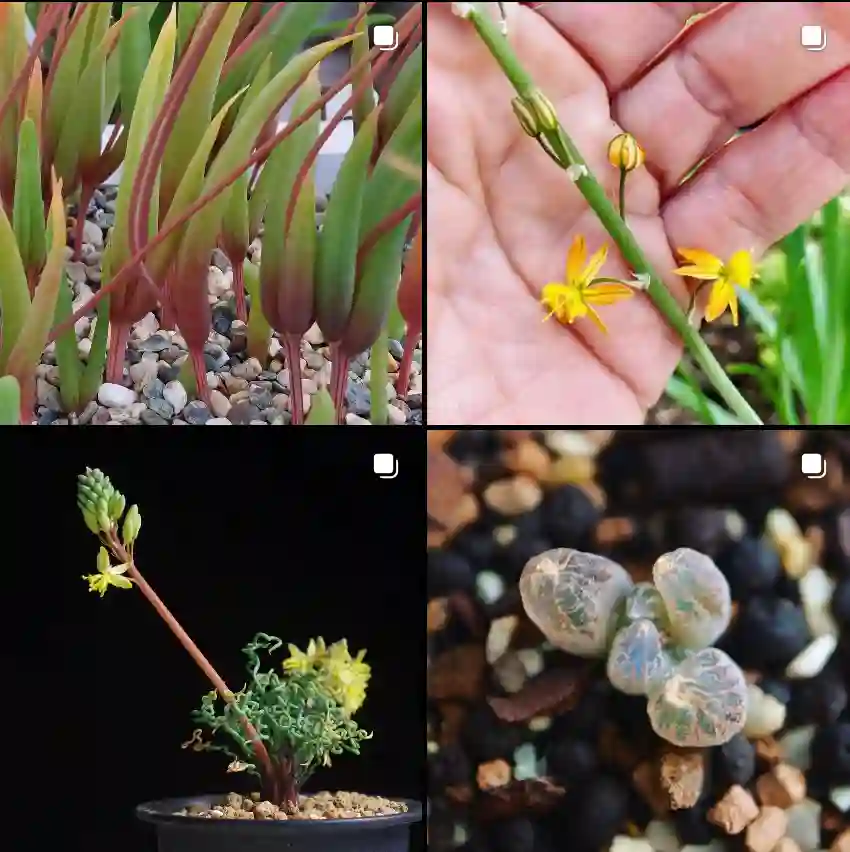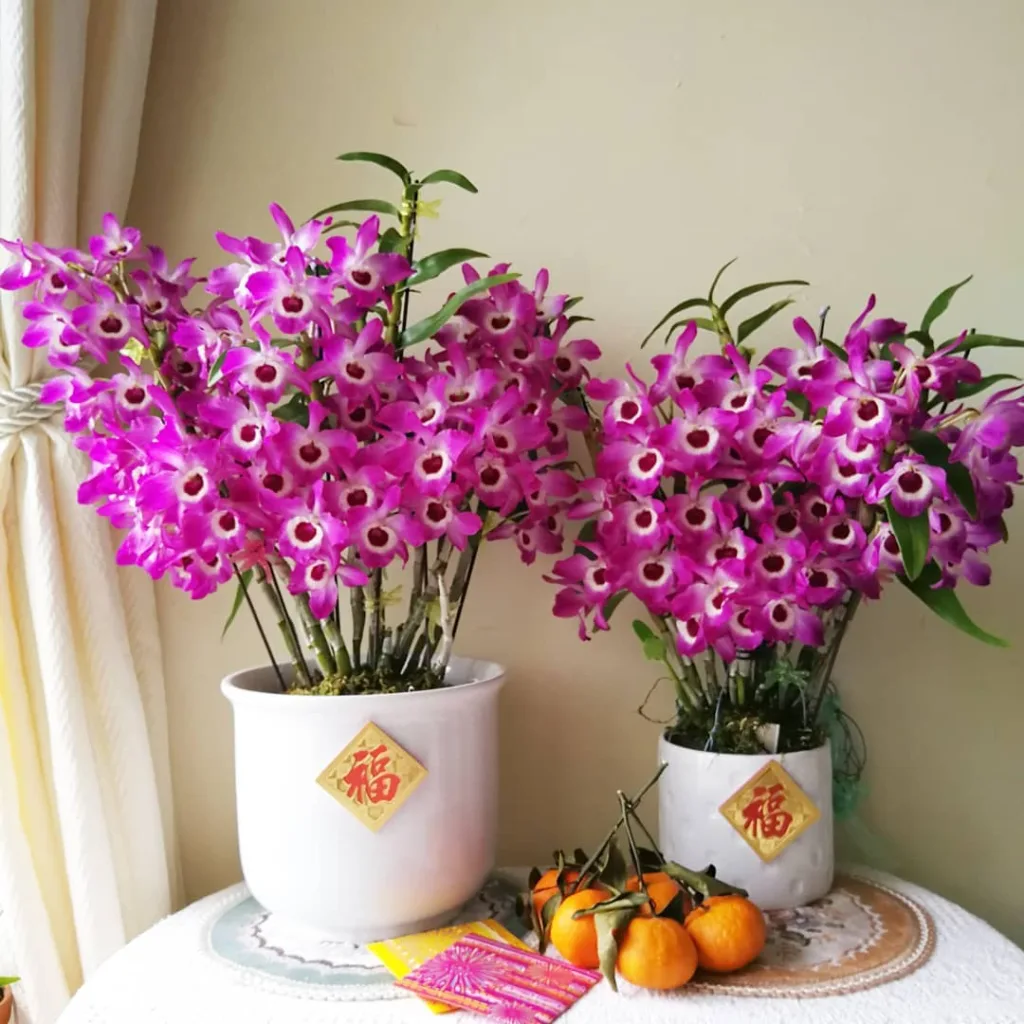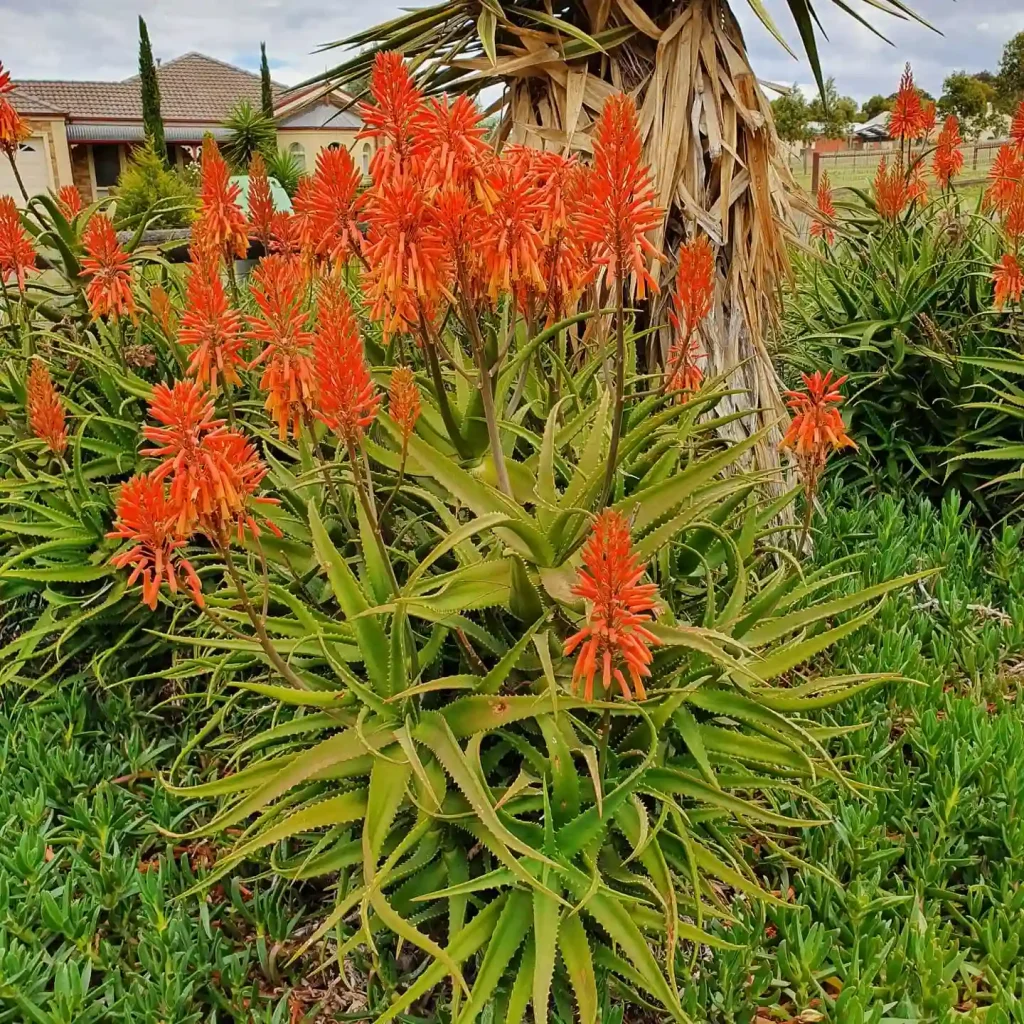
FAQs About Cornel Bronze Dahlia
If you’re into dahlias, you might have come across the Cornel Bronze Dahlia. This striking flower stands out with its rich, warm hues and unique form. As someone who’s grown and cared for these beauties, I often get asked a range of questions about them. Here’s a comprehensive guide to help you get the most out of your Cornel Bronze Dahlias.
41 Species in Genus Dahlia
What Is Cornel Bronze Dahlia?
Cornel Bronze Dahlia is a stunning variety known for its bronze-colored petals. The flowers have a warm, coppery hue that makes them a standout in any garden. This dahlia variety typically features large blooms with a single layer of petals that gives it a classic, elegant appearance. It’s a tuberous perennial, which means it returns year after year with proper care.
How to Care for Cornel Bronze Dahlia?
Taking care of Cornel Bronze Dahlias isn’t too complicated, but it does require attention to detail. Here are some key care tips:
- Planting Location: Choose a spot that receives full sun. Cornel Bronze Dahlias thrive in bright, sunny locations with at least 6 to 8 hours of sunlight daily.
- Soil: They prefer well-drained soil rich in organic matter. If your soil is heavy clay or sandy, amend it with compost to improve drainage and fertility.
- Watering: Keep the soil consistently moist but not waterlogged. Dahlias like regular watering, especially during dry spells, but ensure the soil has good drainage to prevent root rot.
- Fertilizing: Use a balanced, water-soluble fertilizer every few weeks during the growing season. Avoid high-nitrogen fertilizers as they can encourage lush foliage but fewer blooms.
- Staking: As the plants grow, they might need staking to support the heavy blooms. Use stakes or cages to keep them upright and prevent breakage.
- Deadheading: Regularly remove spent flowers to encourage continuous blooming. This also helps the plant focus its energy on producing new blooms.
How to Propagate Cornel Bronze Dahlia?
Propagating Cornel Bronze Dahlias is generally done through tuber division or cuttings. Here’s how you can do it:
- Tuber Division: In early spring, before new growth begins, dig up the tubers and separate them carefully. Each tuber should have at least one “eye” or growth bud. Replant them in well-prepared soil.
- Cuttings: Take cuttings from healthy plants in late spring or early summer. Dip the cut end in rooting hormone and plant them in a moist, well-drained potting mix. Keep them in a warm, humid environment until roots develop.
What to Plant With Cornel Bronze Dahlia?
Cornel Bronze Dahlias pair well with various companion plants. Here are a few ideas:
- Salvia: The vibrant colors of salvias complement the warm tones of Cornel Bronze Dahlias. They also attract pollinators like bees and butterflies.
- Ornamental Grasses: Grasses such as Fountain Grass or Feather Reed Grass provide a nice contrast in texture and add movement to your garden.
- Other Dahlias: Mixing different dahlia varieties can create a stunning, colorful display. Consider combining Cornel Bronze with varieties in contrasting colors or forms.
- Perennials: Plants like Echinacea or Rudbeckia can provide a complementary look and add long-lasting color to your garden.
Is Cornel Bronze Dahlia Toxic?
Cornel Bronze Dahlias are not considered toxic to humans or pets. However, it’s always a good practice to keep an eye on pets that might dig around plants or nibble on foliage. While dahlias are generally safe, ingesting large amounts of any plant material can potentially cause gastrointestinal upset.
Benefits of Growing Cornel Bronze Dahlia
Growing Cornel Bronze Dahlias offers several benefits:
- Aesthetic Appeal: Their striking bronze color and large blooms add a unique touch to garden landscapes and floral arrangements.
- Extended Blooming Season: Dahlias generally bloom from mid-summer to fall, providing color in your garden for an extended period.
- Low Maintenance: Once established, Cornel Bronze Dahlias require minimal care compared to other flowering plants, making them a great choice for busy gardeners.
Common Problems and Solutions
While Cornel Bronze Dahlias are relatively hardy, they can encounter a few common issues:
- Powdery Mildew: This fungal disease appears as a white powder on leaves and stems. Improve air circulation around your plants and use a fungicide if necessary.
- Aphids: These tiny insects can attack dahlias, sucking sap from the plants. You can manage them with insecticidal soap or by introducing natural predators like ladybugs.
- Slugs and Snails: They can damage the leaves and flowers. Use slug bait or create barriers to keep these pests away from your dahlias.
Comparing Cornel Bronze Dahlia with Other Dahlias
Cornel Bronze Dahlia is often compared to other dahlia varieties, particularly those with similar color schemes. Here’s a quick comparison:
- Cornel Bronze vs. Café au Lait: While both have warm hues, Café au Lait features a lighter, more peachy tone, and is known for its fluffy, textured blooms compared to the more classic, bronze-toned blooms of Cornel Bronze.
- Cornel Bronze vs. Karma Choc: Karma Choc also boasts rich, dark tones but with a chocolate brown color. Cornel Bronze leans more towards a coppery bronze hue, offering a different aesthetic.
In conclusion, Cornel Bronze Dahlias are a fantastic addition to any garden. With their stunning color, relatively simple care requirements, and compatibility with various companion plants, they’re sure to make a statement. Whether you’re a seasoned gardener or a beginner, these dahlias offer beauty and joy throughout their blooming season.
If i die, water my plants!



